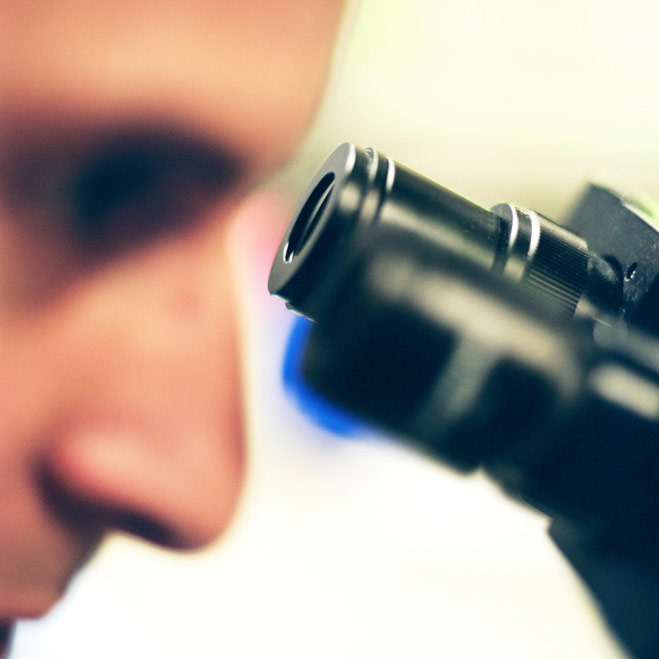
THURSDAY, Feb. 23 (HealthDay News) — Rising global temperatures appear to have caused the earliest known horse to shrink in size, new research indicates.
When Sifrhippus first appeared in the forests of North America more than 50 million years ago, it weighed about 12 pounds.
The horse lived during the 175,000-year period of time called the Paleocene-Eocene Thermal Maximum, during which average global temperatures rose by about 10 degrees Fahrenheit. This temperature increase was caused by the release of huge amounts of carbon into the atmosphere and oceans.
During this period of global warming, about one-third of mammal species experienced significant reductions in size, researchers have found.
Fossilized teeth show that Sifrhippus shrank from about 12 pounds to about 8.5 pounds (a 30 percent reduction) during the first 130,000 years of the time period and then rebounded to about 15 pounds in the final 45,000 years of that era.
The findings offer new evidence of the cause-and-effect relationship between temperature and body size, and also offer clues to how animals might be affected by rising global temperatures in the near future, according to study leaders Ross Secord of the University of Nebraska-Lincoln and Jonathan Bloch of the Florida Museum of Natural History at the University of Florida in Gainesville.
In the study, published in the Feb. 24 issue of the journal Science, the scientists performed an analysis of the oxygen isotopes in the fossilized teeth of Sifrhippus.
The results were “absolutely startling,” according to Bloch. “We looked at the curve and we realized that it was exactly the same pattern that we were seeing with the horse body size.”
He explained that for the first time, “going back tens of millions of years — we were able to show that indeed temperature was causing essentially a one-to-one shift in body size within this lineage of horse. Because it’s over a long enough time, you can argue very strongly that what you’re looking at is natural selection and evolution — that it’s actually corresponding to the shift in temperature and driving the evolution of these horses,” Bloch said in a University of Nebraska-Lincoln news release.
Secord added: “This has implications, potentially, for what we might expect to see over the next century or two, at least with some of the climate models that are predicting that we will see warming of as much as 4 degrees Centigrade (7 degrees Fahrenheit) over the next 100 years.”
Scientists studying birds have already started to notice a possible decrease in birds’ body size, Secord noted in the news release.
“One of the issues here is that warming [during the Paleocene-Eocene Thermal Maximum] happened much slower, over 10,000 to 20,000 years to get 10 degrees hotter, whereas now we’re expecting it to happen over a century or two,” Secord said. “So there’s a big difference in scale and one of the questions is, ‘Are we going to see the same kind of response?’ Are animals going to be able to keep up and readjust their body sizes over the next couple of centuries?”
More information
The Florida Museum of Natural History offers a fossil horse cybermuseum.

